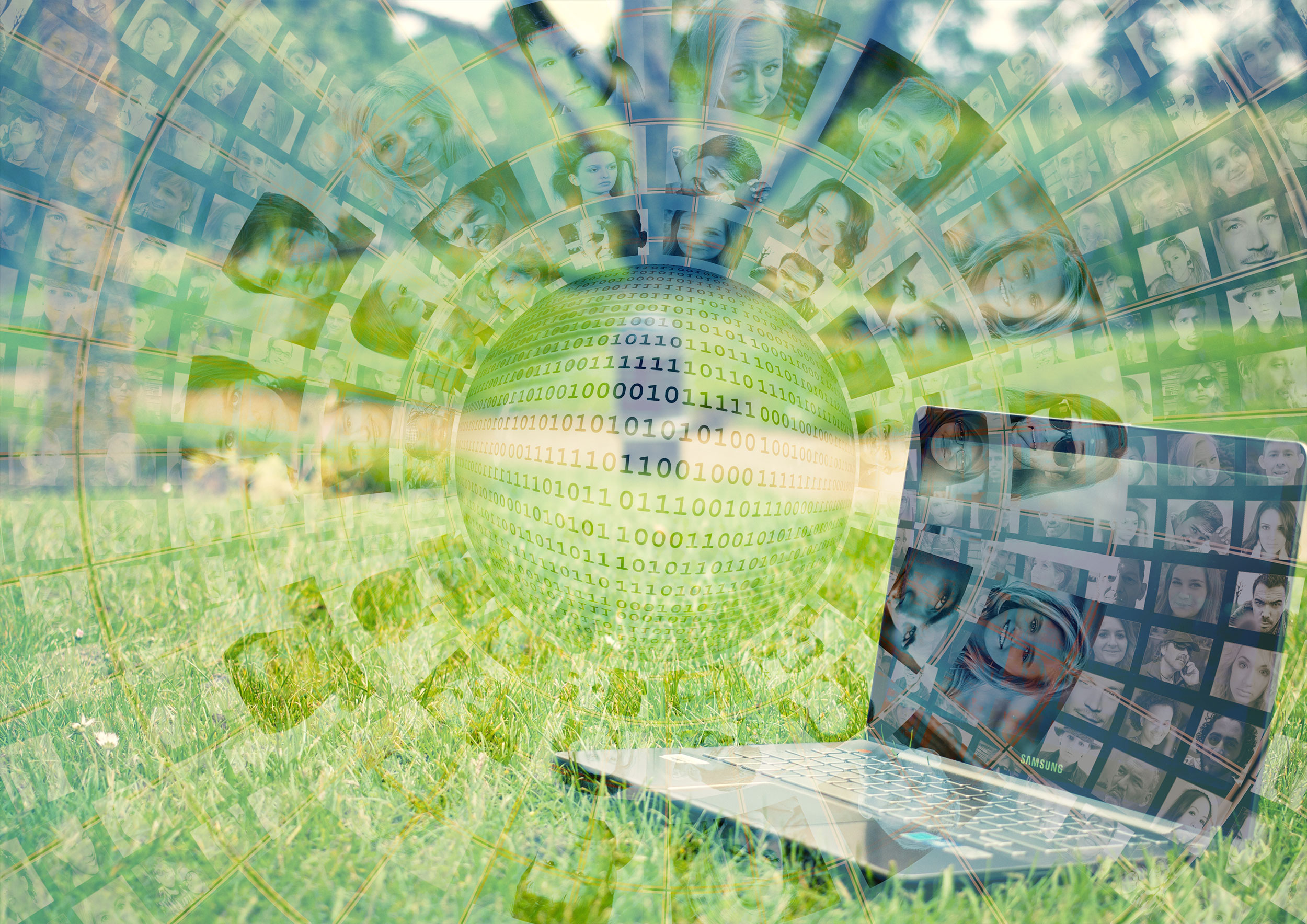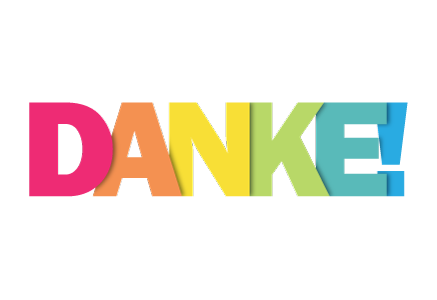Digital sovereignty describes self-determination when it comes to autonomy, access, availability and control of one’s own data in the digital space. In times of increasing interconnectedness between the analogue and digital worlds, it therefore makes sense to promote European solutions in order to reduce dependence on US providers.
Digital summit – political instrument to promote digitisation
On the political side in Germany, the Digital Summit of the Federal Ministry for Economic Affairs and Energy (BMWI) has been dedicated to the topic of digitisation since 2006. Central fields of action have been grouped into 10 thematic platforms and subdivided into focus groups. Over the year, representatives from business, science and society work on projects, events and initiatives that are intended to advance digitisation in business and society. Results, trends, challenges and approaches to solutions are presented at the annual Digital Summit Congress. The focus group “Digital Sovereignty in a Networked Economy” was formed for the field of action “Innovative Digitalisation of the Economy” (Platform 2). OSBA Board Director Peter Ganten is a member of the focus group.
“Focus group 2 is dedicated to monitoring the digital economy, analysing the prerequisites for maintaining and expanding digital sovereignty, and the success of Germany as a digital location in general. In addition, it advises on strategic issues relating to the entire summit process and is the “nucleus” of comprehensive papers on this.” (Source: https://www.de.digital/)
Achieving more sustainability with digital sovereignty
The thematic focus of this year’s 14th Digital Summit on 30 November and 1 December was “Living more sustainably digitally”. The above-mentioned focus group on digital sovereignty developed a strategy paper on this topic that links digital sovereignty with resilience and sees it as a driver for more sustainability in the sense of the Sustainable Development Goals (SDGs, 17 goals).
Resilience and Digital Sovereignty?
At first glance, the connection between the two terms may not be immediately apparent, especially if the concept of resilience is mainly located at the individual level and/or in the psychological sphere. However, according to the authors, the concept of resilience translates well to the economic sphere: “Resilience in the economic context describes the resilience and crisis resistance of ecosystems.” To complement (and confirm) this, it should be noted here that in the context of all topics revolving around ” New Work, Future of Work”, the term resilience is also used and placed in the context of a so-called “crisis robustness”.
In our sense of digital sovereignty, resilience for companies thus means that technologies and digital infrastructures should enable both lasting flexibility and development and at the same time guarantee security and stability. The authors formulate it as a balance “… of adaptability, flexibility, openness, stability and security of the respective technology or network…”.
The addition of resilience to the context of digital sovereignty indirectly raises the question of the sustainability of a system (company, economy), because sustainability also means a balance according to its origin (ecological sustainability): only so many resources are consumed/extracted as can regrow or regenerate within a certain natural time frame without damaging the system itself (see: http://www.environmentandsociety.org/tools/keywords/hans-carl-von-carlowitz-and-sustainability).
Interdependence between resilience, digital sovereignty and sustainability
If the concepts of resilience, digital sovereignty and sustainability are combined, interactions between the areas can also be identified, according to the strategy paper:
- digital sovereignty needs resilient infrastructures to be effective. Structural dependencies promote system vulnerability and lack of sovereignty and self-determination.
- If the ability to act digitally sovereign and independent is missing, building resilient structures is difficult.
- Since the UN Sustainable Development Goals are based on the idea of participation and cooperation, successful achievement is jeopardised if there is a fundamental lack of digital sovereignty and resilience.
Fields of action and Measures
The authors of the strategy paper were able to develop both indicators (context factors) and corresponding specific measures for the four fields of action: economy, state and politics, society and science. At this point, we will concentrate only on the area of the economy in order to give you a brief overview of the possibilities for action:
- Education: Consideration of the topics in company-internal training programmes.
- Resource availability/infrastructure: Provision and/or change of infrastructure (awareness raising for non-proprietary solutions, open source)
- Security: provision and use of secure infrastructures, ensuring information protection
- Social acceptance: implementation of the concepts of CSR (Corporate Social Responsibility) and CDR (Corporate Digital Responsibility)
- Competitiveness: sustainability management, long-term personnel development planning, change in corporate culture
- Innovation capacity: increased willingness to invest, open innovation
- Openness/traceability: open source (user-side, provider-side)
Groupware for sovereign infrastructure and security
The provision of digital infrastructure is the prerequisite for being able to do business at all. Almost no business process can function without digital communication. A fundamental component here is groupware, i.e. communication via e-mail and the use of calendars. Even if individual teams organise themselves internally and externally via the most up-to-date collaboration tools: In external communication with customers, suppliers or authorities, and at the latest for receiving notifications, a company e-mail is needed again.
Companies that want to be more digitally confident with their groupware should choose providers that have interfaces to currently popular proprietary applications such as MS Outlook. In this case, open source providers that offer a RESTApi with MSGraph connection are a suitable solution. Since we are becoming more and more mobile in our daily work, the corresponding groupware should run efficiently and securely on different devices that synchronise with each other (machine-to-machine communication). An alternative to Microsoft’s ActiveSync here is z-push, the leading open source application that brings groupware data to ActiveSync-compatible devices such as smartphones or tablets. Outlook versions 2013 or later can also be supplied with e-mails and appointments via z-push.
Corporate Digital Responsibility (CDR)
Corporate Digital Responsibility is an extension of the concept of Corporate Social Reponsibility (CSR), which describes a company’s responsibility for its impact on the environment and society. CDR extends the concept to include the digital space. Contrary to the authors’ classification, we see the concept of CDR explicitly also in the area of corporate competitiveness.
In essence, CDR is about strengthening the trust of stakeholders (including customers) in the handling of data and algorithms in order to maintain competitiveness. (Source: Corporate Digital Responsibility Practice Guide, Saskia Dörr, 2020). Companies that act in the spirit of digital responsibility ensure, among other things, that they
- manage data securely,
- exclude illegal (without consent) dissemination of data
- make data available for statistics or analyses relevant to society as a whole
or - offer data that is at the end of a value chain for further processing (e.g. public sector, institutions).
All of the above points are fulfilled with the help of open source solutions and therefore also promote digital sovereignty.
Strategy Paper – available in German: digitale-souveraenitaet-und-resilienz



